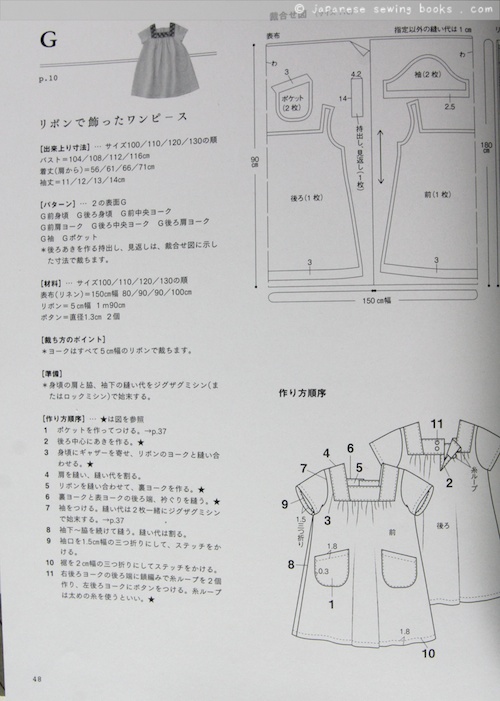I know that despite the best translation guides and dictionaries, sometimes it is still hard to deciper a pattern especially when you pick up a book like this. Some books provide great step by step picture, but this book gives me a one page “how-to-make”, with no step by step diagrams. I’m suppose to guess what to do with the numbers pointing at the coat? Actually, all the instructions are on the left, but in Japanese. If you have one of these books you probably bought it for the pretty pictures. But given that these books are not cheap, let’s try to make the most of them by actually making something from it!
I have mentioned before that I am not Japanese, nor am I proficient in the language. In fact, I can hardly speak it except for the phrases that recur in dramas 🙂 But I have learnt enough to read and understand, and when necessary, input the characters into a translation or online dictionary for translations.
As a matter of fact, I have just decided to be more conscientious in my learning of the language since I really love it, and it will certainly help during my trips to Japan. So as part of my learning exercise, I would like help some of you translate patterns/sections out of Japanese sewing books. It will be good practice for me, and you can finally make something out of the book!
In order for the translations to be helpful to everyone, I will only do translations for how-to-make pages like the above, where the materials, preparation, and procedures are listed. Alternatively, you are are stuck trying to figure out the meanings on pages where important information, such as sizing/general know-how, I can try to translate it for you too. Please try to restrict the number of pages to 1-2 pages. As that’s the usual number of pages for how-to-makes in Japanese sewing books. Hope you understand that it takes time and I can only handle 1 request a week! 🙂
To send me your requests, please take a clear picture of
1. The cover of the book
2. The page you wish to translate
Please also provide the ISBN number so that I can find references of it on the internet and link it up so that others who would like the purchase the book can find it.
Email all of the above information to japanesesewingbooks@gmail.com
I can’t promise to be able to translate everyone’s requests but I will try to do one a week and post it up on the blog on Wednesdays. Send me your requests now! 🙂










